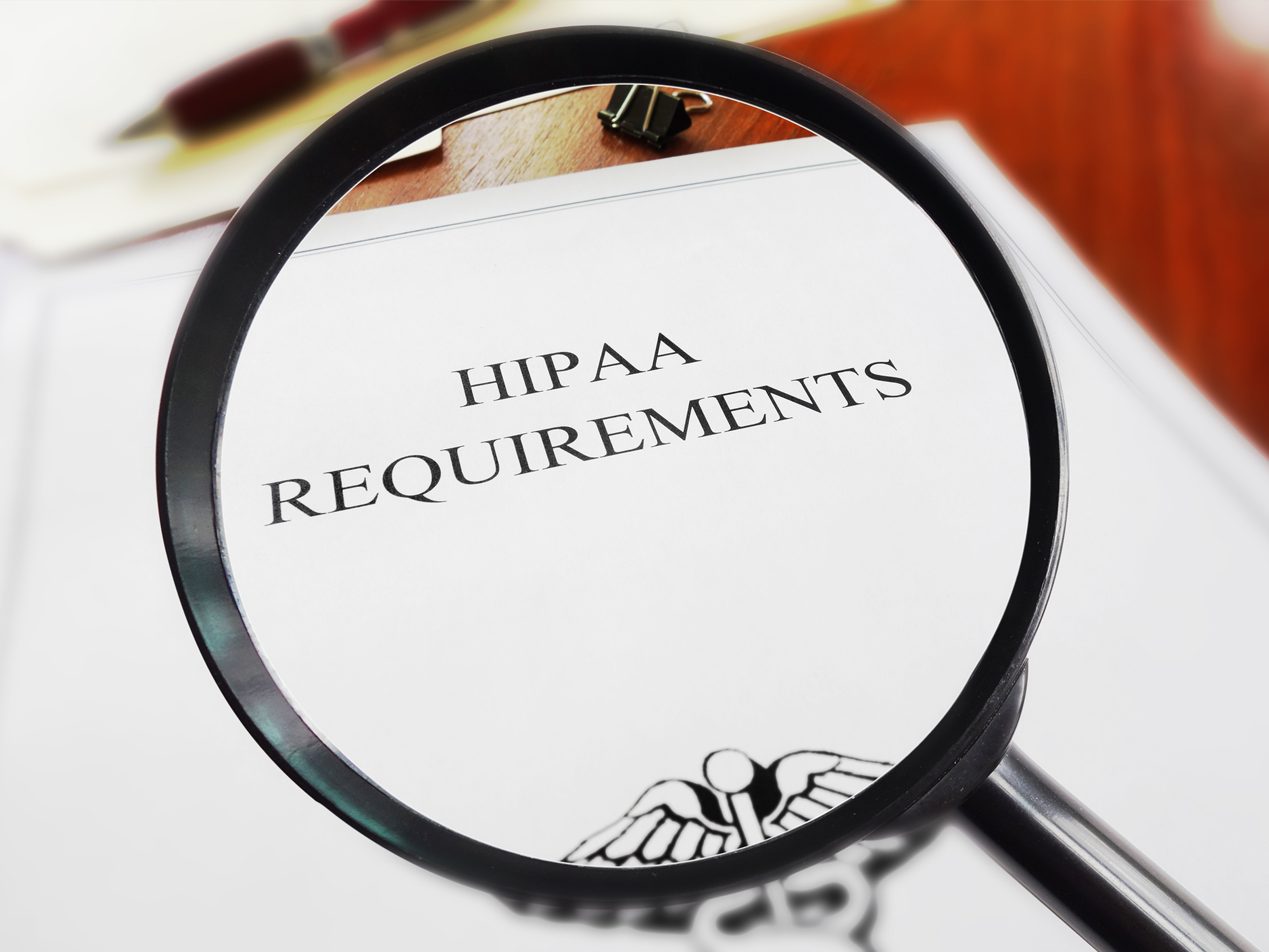
A HIPAA data breach response plan is a structured strategy for healthcare organizations to effectively address potential breaches of protected health information (PHI). It plays a role in maintaining HIPAA compliance by helping organizations protect patient privacy, mitigate data breach impacts, and ensure legal and ethical obligations are met.
Understanding HIPAA and data breaches
HIPAA defines a data breach as any unauthorized access, use, disclosure, or acquisition of PHI. In the context of HIPAA, data breaches can be of various types:
- Unauthorized access: When someone gains access to PHI without permission.
- Unauthorized disclosure: When PHI is shared or disclosed to individuals or entities without proper authorization.
- Unauthorized acquisition: When PHI is obtained by an unauthorized party, even if it is not disclosed further.
- Unauthorized use: When PHI is used inappropriately or for purposes not allowed by HIPAA.
Related: Understanding HIPAA violations and breaches
Why data breach response plans are needed
A well-defined data breach response plan can significantly reduce a breach's financial, legal, and reputational consequences. These plans safeguard patient data and help healthcare organizations meet legal and ethical obligations.
The components of a HIPAA data breach response plan
- Identification and reporting: Healthcare organizations must designate individuals responsible for identifying and reporting incidents.
- Risk assessment: Healthcare organizations must assess the nature and scope of the breach to determine the appropriate response.
- Notification: The notification procedures outlined in the response plan should adhere to HIPAA requirements and be sent via HIPAA compliant email.
- Mitigation: Mitigation measures could include isolating affected systems, changing access credentials, or implementing additional security controls.
- Documentation: Document when and how the breach was discovered, actions taken, and notifications made.
- Response team: This team may include IT professionals, legal experts, privacy officers, and other relevant staff. Clarity in roles ensures an efficient and coordinated response.
Developing a HIPAA compliant data breach response plan
Risk assessment
The risk assessment is the starting point in the plan's development. It involves a comprehensive evaluation of vulnerabilities, threats, and weaknesses in the organization's data security and privacy practices.
Incident detection and reporting
The plan should establish clear processes for detecting and reporting potential breaches. Designate individuals responsible for identifying and reporting incidents to ensure a swift response.
Response plan development
This is the heart of the process. The response plan should be well-defined and comprehensive, outlining specific actions to be taken in the event of a breach. This section encompasses:
- Immediate response actions to stop the breach and mitigate further damage.
- Criteria for risk assessment to evaluate the extent of the breach.
- Procedures for notifying affected individuals, regulatory authorities, and, if necessary, the media.
- Legal and regulatory considerations, including consultation with legal counsel.
- Documentation requirements to maintain records of the incident and response.
- Communication strategies, including public relations and internal communication.
- Remediation actions to address vulnerabilities or issues contributing to the breach.
Related: How to respond to a data breach
Subscribe to Paubox Weekly
Every Friday we'll bring you the most important news from Paubox. Our aim is to make you smarter, faster.




